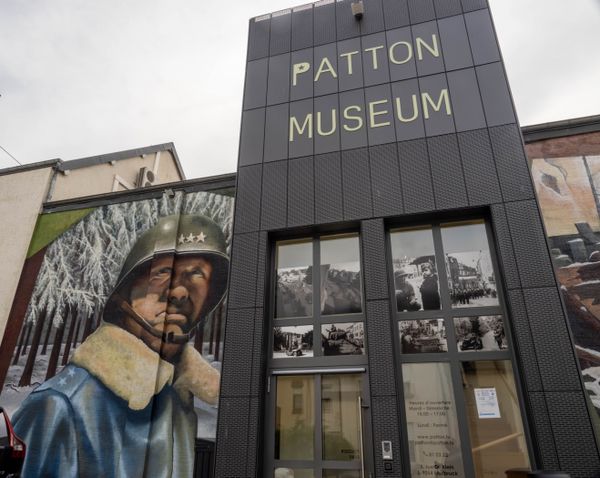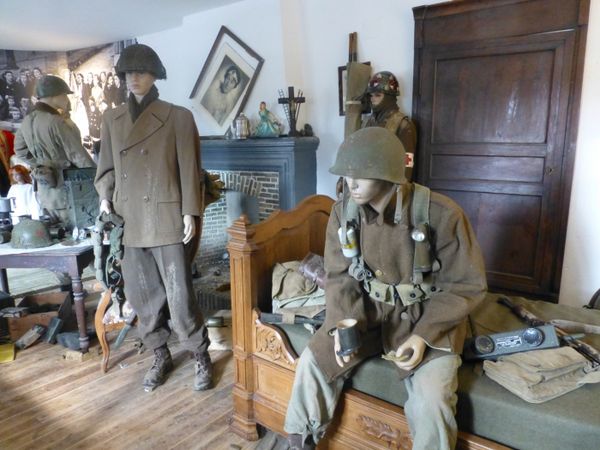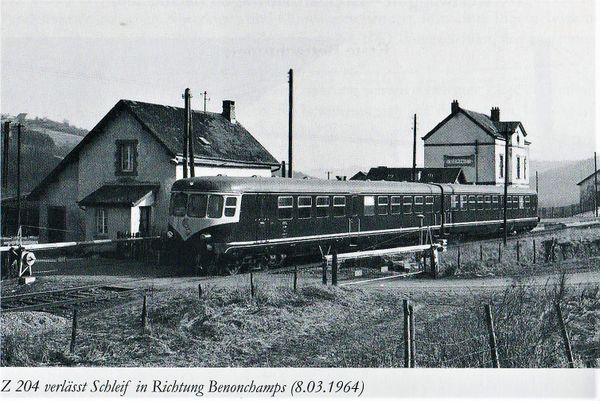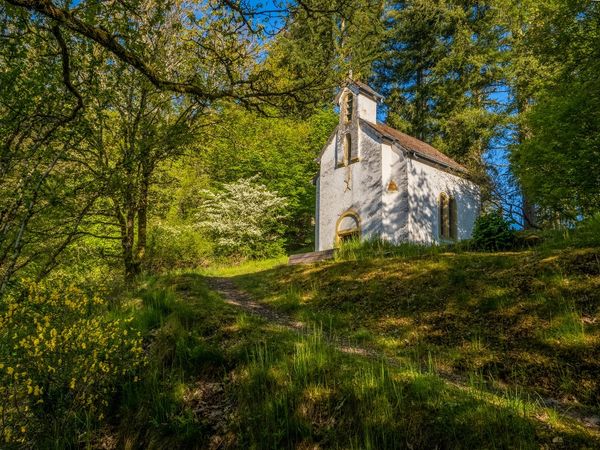
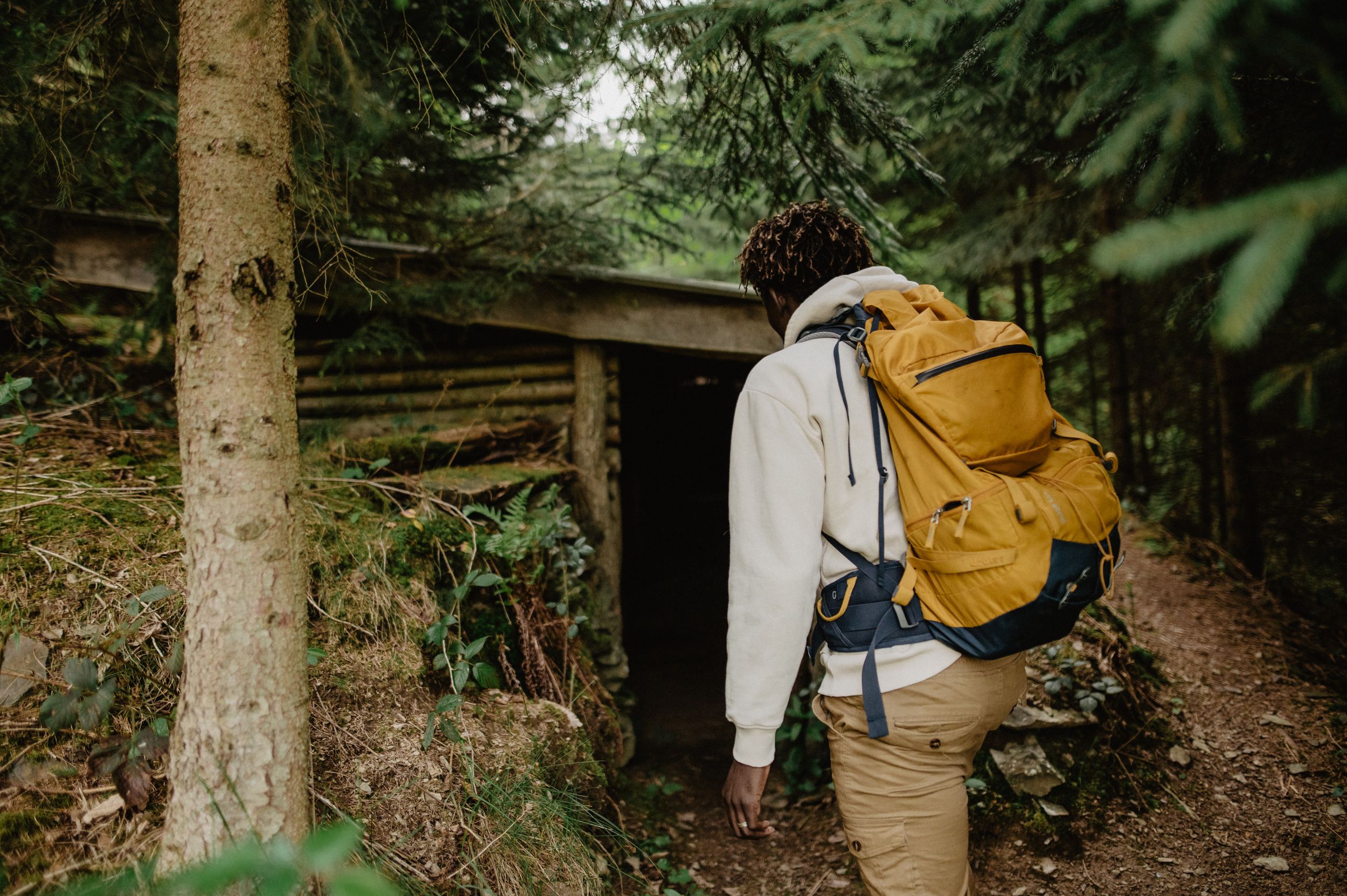
Bunker Kaundorf
Where? L-9662 Kaundorf
This bunker from World War II, where deserted forced conscripts hid until liberation, can be reached via an approx. 1 km-long footpath. The walk is well worth it, as hikers near the bunker are rewarded by an impressive view over the Upper Sûre Lake.
In general, these bunkers were buried in young spruce forests and built from tree trunks. The tin roof was sealed with bituminous cardboard, before being covered with a layer of earth and dead leaves for perfect camouflage. The building materials had to be painstakingly transported at night in wheelbarrows and carts and deposited in secret locations.
This bunker in Kaundorf was occupied by four resistance fighters at Whitsun 1944. Its existence remained a secret until the liberation.
It was restored in 1987 as a national monument and can only be reached on foot via a signposted hiking trail from the southern outskirts of the village.
In the immediate vicinity of the bunker, hikers can enjoy a magnificent view on the Upper Sûre Lake.
Opening hours

